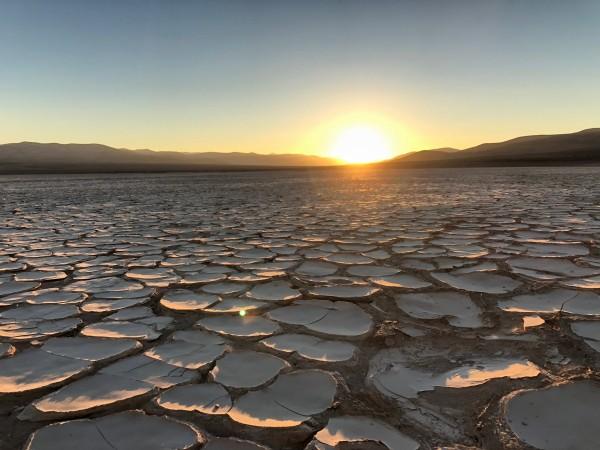
Humanity's next refuge is often thought to be Mars. The Red Planet is Earth's nearest neighbour and plans to colonise Mars are afoot. Both governments and private companies are racing to plant their flag on the planet. However, the planet remains as inhospitable as ever – it is dry.
Mars is at least a thousand times drier than the driest parts of Earth.
So far, several orbiters, rovers, and instruments have been landed in the vicinity of Mars. Astronomers and scientists are getting to know a lot about the planet, from its past water reserves to its current underground lakes as well as the possibility that there might have been life on Mars in the past. All these discoveries over the last 30 years or so have fuelled one thing in particular- human landing on the red planet.
Only last week, good news emerged from the scientific community – there is liquid water on Mars- massive underground lakes still hold liquid water.
But new research has found that Mars on average, is very dry. According to a study led by NASA's Ames Research Center, soil on Mars is about 1,000 times drier than the Atacama desert – one of Earth's driest regions.
For this study, researchers wanted to find out if microorganisms can survive in places like Mars and to answer this question, they went to the Atacama Desert in Chile. This region is known as the driest place on Earth. Here, the average rainfall is only 1 to 3 mm a year.
The unique environment in the Atacama makes for differences in rainfall and precipitation changes from the southern end to the northern end it is not uniformly dry and it moves from a few millimetres of rain per year to the same amount of rains every decade. It means researchers can study the way life is at different levels of moisture content in the soil.
The driest part of the Atacama is its northern side, reports NASA, and it sees average rainfall of around one mm per year, it is the most Mars-like part of the 1,000 km stretch of nothingness. Researchers came here to see if microbes could survive in such dry conditions. These microbes also need to grow and reproduce. The research team was hence able to determine that there is indeed a dry limit of habitability for life on Earth.

"On Earth, we find evidence of microbial life everywhere," said Mary Beth Wilhelm, lead author of the study. However, in extreme environments, she explained, "it's important to know whether a microbe is dormant and just barely surviving, or really alive and well..."
"So, by learning if and how microbes stay alive in extremely dry regions on Earth, the team wanted to better understand if Mars once had microbial life and whether it could have survived until today."
The desert region, especially the northern parts are so dry that microorganisms survive, but do not really reproduce and stay dormant without any signs of growth on the surface soil there, reports NASA.
Reproduction is essential for the survival of life. If microorganisms are only surviving and not necessarily thriving, they likely won't give rise to another generation and not pass on any genetic information at any given time. Even if microbes are found on Mars, they need to be observed reproducing – this means there will be some sort of population growth and evolve from generation to the next.
As Mars is parched, it is very likely that microbial life might not exist on the Martian surface, even if it has some access to water. However, even in the driest parts of Atacama, there are remnants of microbial life from the past, when the region was a lot wetter.
Scientists know for a fact that Mars had liquid water in the past, so traces of ancient life if it was present on Mars, might still be intact.
"Before we go to Mars, we can use the Atacama like a natural laboratory and, based on our results, adjust our expectations for what we might find when we get there," said Wilhelm.
"Knowing the surface of Mars today might be too dry for life to grow, but that traces of microbes can last for thousands of years helps us design better instruments to not only search for life on and under the planet's surface, but to try and unlock the secrets of its distant past."
The study, titled "Constraints on the Metabolic Activity of Microorganisms in Atacama Surface Soils Inferred from Refractory Biomarkers: Implications for Martian Habitability and Biomarker Detection" was published first in the Journal Astrobiology.
















